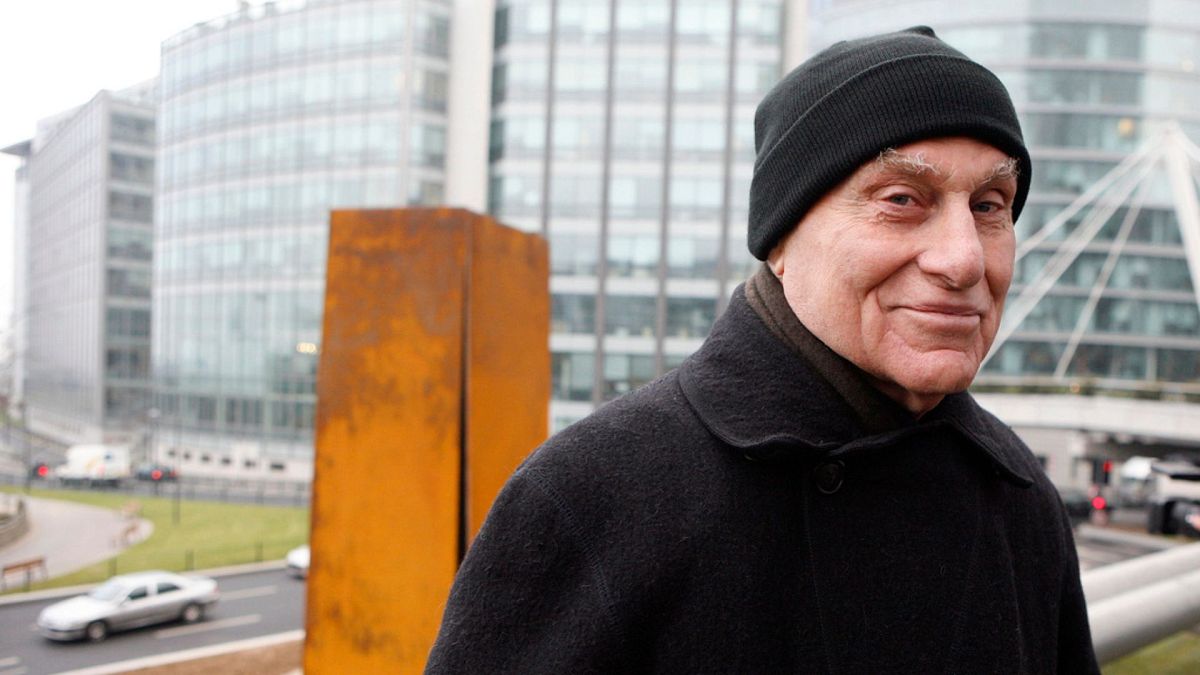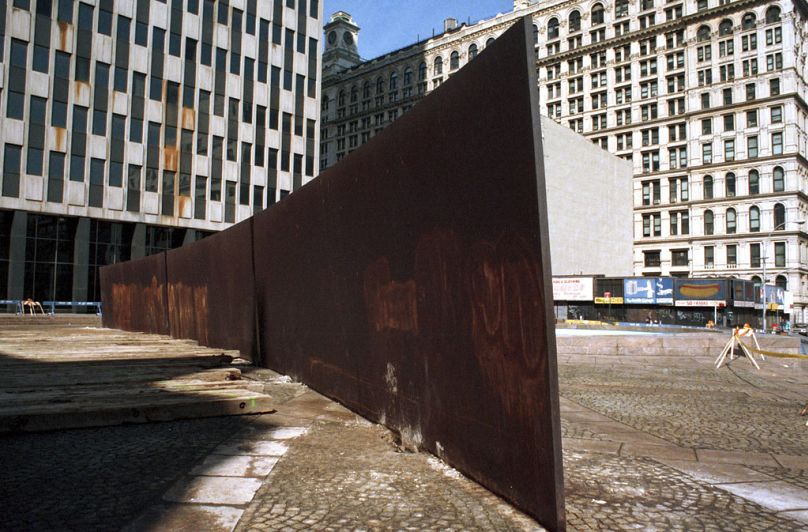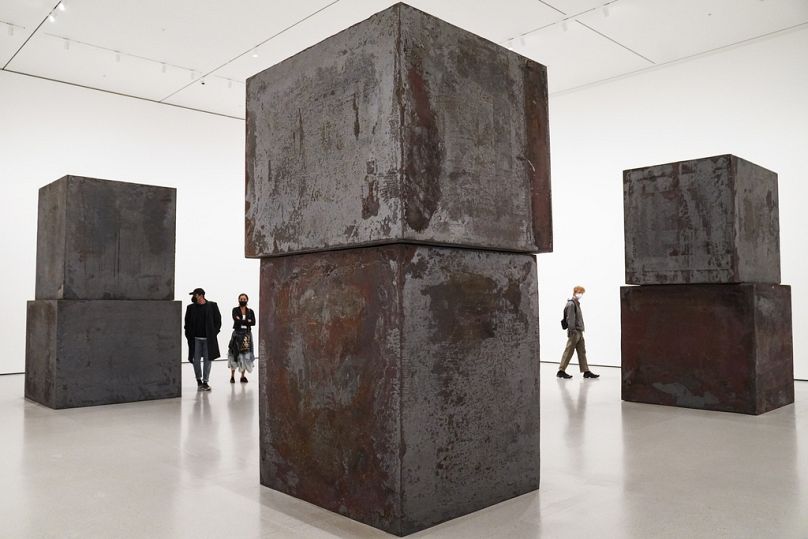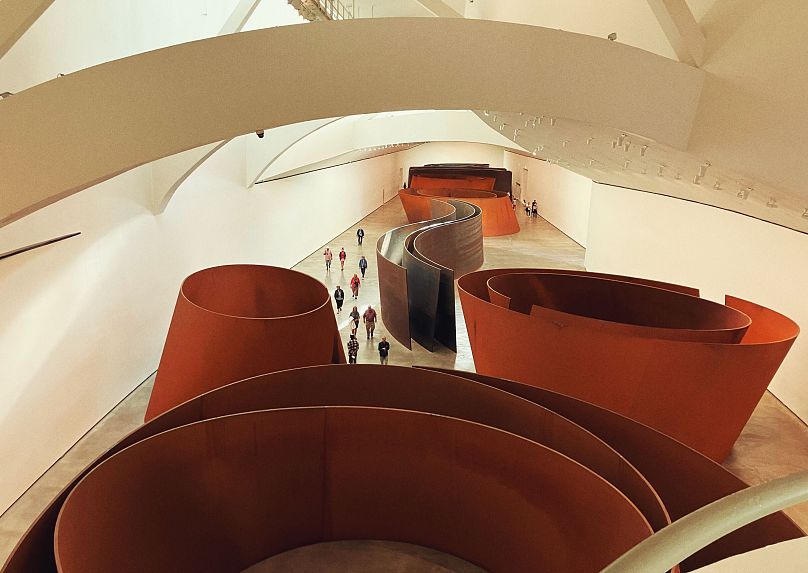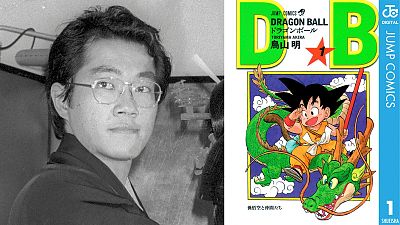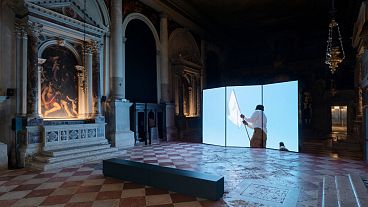The famed American artist and sculptor was most known for turning curving walls of rusting steel and other malleable materials into large-scale pieces of outdoor artwork that are now dotted across the world.
Considered one of the most important sculptors of the 20th century, with his work presented in the world’s best museums and collections, Richard Serra has died aged 85.
His lawyer, John Silberman, confirmed his death on Tuesday, stating that the cause was pneumonia.
Known by his colleagues as the “poet of iron,” Serra became world-renowned for his large-scale steel structures, such as monumental arcs, spirals and ellipses. He was closely identified with the minimalist movement of the 1970s.
Born to a Russian-Jewish mother and a Spanish father in San Francisco, Serra worked in steel foundries to help finance his education at the Berkeley and Santa Barbara campuses of the University of California.
He then went on to study as a painter at Yale, where he graduated in 1964.
Serra’s sculpture work started to gain public attention in 1981, when he installed a 120-foot-long (36.5-metre-long) and 12-foot-high (3.6-metre-high) curving wall of raw steel that splits the Federal Plaza in New York City.
The sculpture, called “Tilted Arc,” generated swift backlash from people who work there and a fierce demand that it should be removed. The sculpture was later taken down, but Serra’s popularity in the New York art scene had been cemented.
His works have been installed in landscapes and included in the collections of museums across the world, from The Museum of Modern Art in New York to the deserts of Qatar.
In 2005, eight major works by Serra were installed permanently at the Guggenheim Museum in Spain. Carmen Jimenez, the exhibition organiser, said Serra was “beyond doubt the most important living sculptor.”
His monumental creation 'The Matter of Time', comprised of seven imposing sculptures, invites visitors to walk through and around them, "creating an unforgettable, dizzying feeling of space in motion."
Serra meticulously arranged the artworks to guide viewers through them and the surrounding space. The placement within the gallery creates passages with different, often surprising dimensions (wide, narrow, lengthy, compressed, tall, short).
He will be remembered as one of the most influential artists of his time, who pushed the boundaries of traditional sculpture and challenged viewers to reconsider their relationship with art and space.
